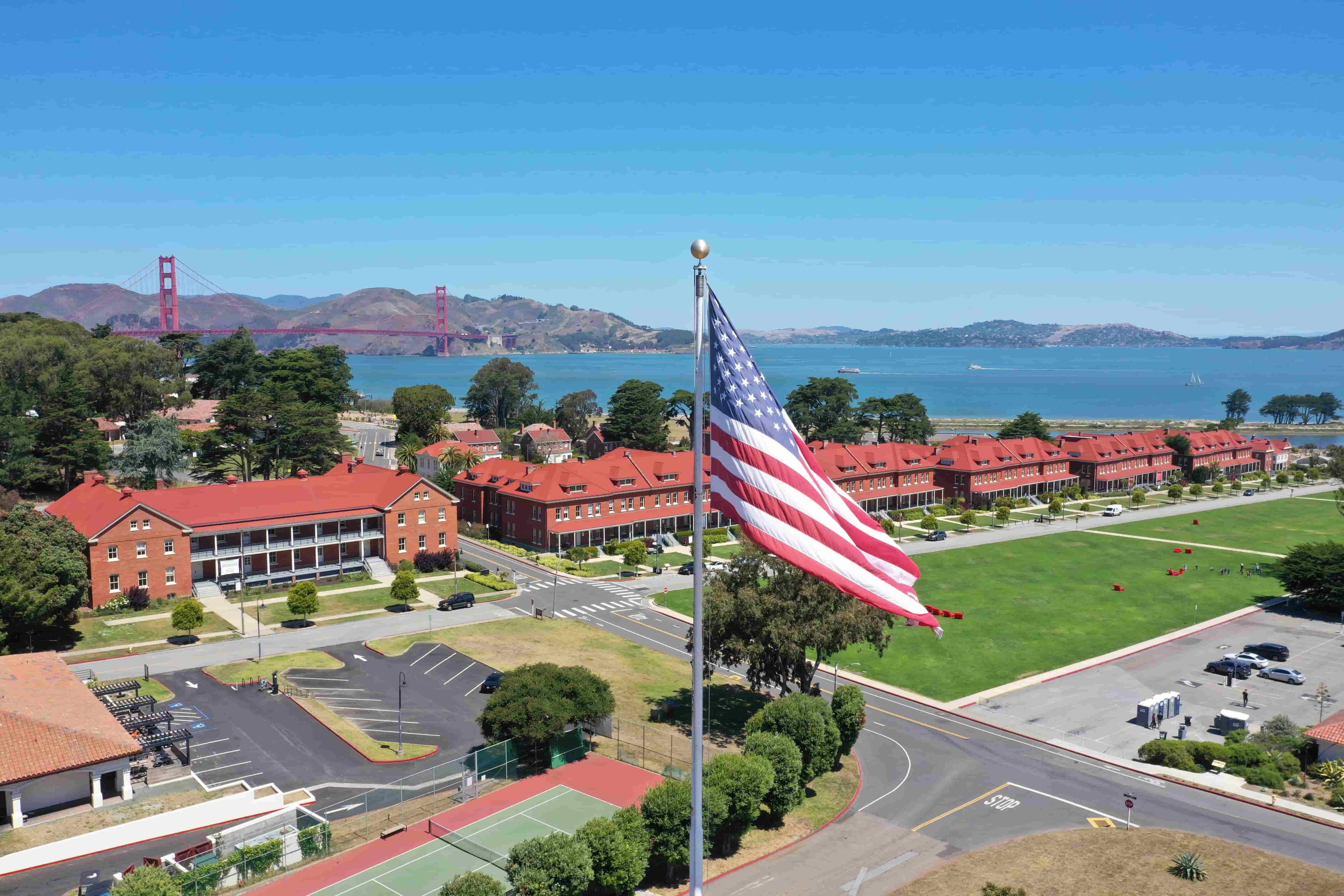High-Tech Hunt for Presidio's Archaeological Remains
Presidio of San Francisco (August 3, 2009) — Nearly 20 archaeologists from around the country will descend on the Presidio this week in the hope that cutting-edge technology will reveal some of the Presidio’s oldest secrets. The researchers will be taking part in a five-day seminar offered by the Presidio Trust and the National Center for Preservation Technology and Training (NCPTT), a branch of the National Park Service. The course, called Prospection in Depth, runs Tuesday through Saturday, August 4th through the 8th.
Participants will use ground-penetrating radar and other remote sensing equipment to create digital images of what lies beneath the Presidio in an effort to uncover evidence of some of the earliest settlements of what became San Francisco.
“What’s most fascinating about this,” says Trust archaeologist Eric Blind, “is how the various techniques each provide a different image, but when you overlay the images on top of each other, you begin to get a really informative three-dimensional picture.”
“It helps guide our research,” Blind continued. “This means we can minimize the impact future projects could have in areas where archaeology might be.”
This is the second year the course has been held at the Presidio. Last year’s participants unearthed the foundations of some outbuildings of the original Spanish fort near Pershing Square at the head of the Presidio’s Main Post. This year’s search will center on the area around El Polín Springs.
It was there, in 2003, that Stanford archaeologists discovered the foundations of an adobe residence believed to have been occupied nearly 200 years ago by Juana Briones, one of the founding residents of the pueblo of Yerba Buena — the settlement that would become the city of San Francisco. Blind believes there are more residences buried in the vicinity.
What makes this course so unique is the ability for the participants to compare the high-tech images with what’s actually buried beneath the ground. A team from Sonoma State University will be excavating several of the areas that will be identified. “That’ll give us a chance,” Blind says, “to see how well the digital images did at predicting what’s down there. Whether what looked like a wall, for instance, really is a wall.”
The course is part of the Presidio’s ongoing archaeology program, which aims to preserve and protect the Presidio’s underground treasures and educate the public about the park’s past. Presidio Trust archaeologists ensure important archaeological features are preserved as buildings are rehabilitated, landscapes maintained, and infrastructure upgraded. They also lead kids’ programs, host open excavations in the field, and invite the public on walking tours. Tens of thousands of artifacts unearthed in the field are analyzed, catalogued and displayed in the Trust’s archaeology lab.
The Presidio Trust was established by the United States Congress in 1996 to oversee the Presidio of San Francisco, an urban national park located at the base of the Golden Gate Bridge. The 1,500-acre site contains expansive open space and spectacular views, a 300-acre historic forest, and rare and endangered plants and wildlife. It also comprises nearly 6 million square feet of buildings, including 469 historic structures that contribute to its status as a National Historic Landmark District.
